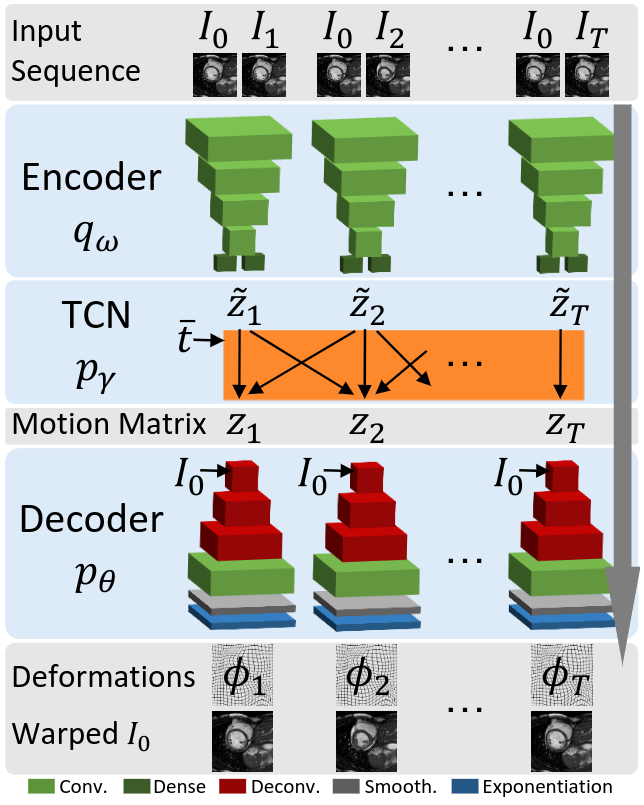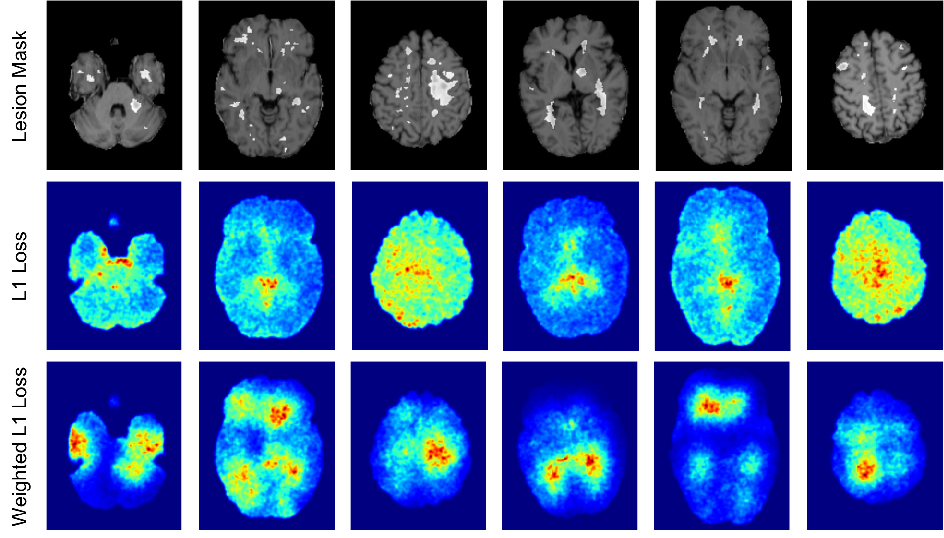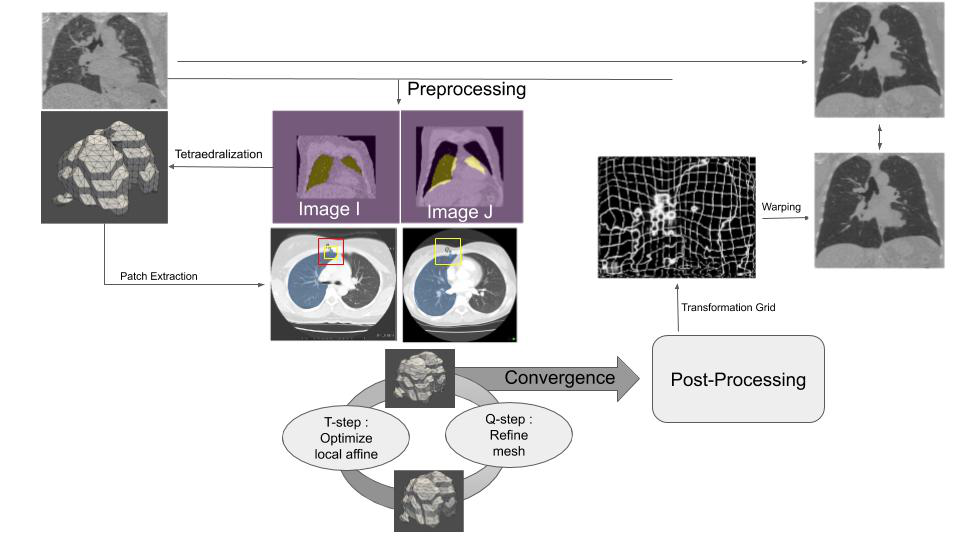Section: New Results
Medical Image Analysis
Learning a Probabilistic Model for Diffeomorphic Registration and Motion Modeling
Participants : Julian Krebs [Correspondant] , Hervé Delingette, Tommaso Mansi [Siemens Healthineers, Princeton, NJ, USA] , Nicholas Ayache.
This work is funded by Siemens Healthineers, Princeton, NJ, USA
deformable registration, probabilistic motion modeling, artificial intelligence, latent variable model, deformation transport
We developed a probabilistic approach for multi-scale deformable image registration in 3-D using conditional variational autoencoder [16], [58] and extended it to a motion model by using cardiac MRI image sequences [40]. This includes:
-
A probabilistic formulation of the registration problem through unsupervised learning of an encoded deformation model.
-
A generative motion model using explicit time-dependent temporal convolutional networks (Fig. 4).
-
Demonstration on cardiac cine-MRI for cardiac motion tracking, simulation, transport and temporal super-resolution.
|
Predicting PET-derived demyelination from multimodal MRI using sketcher-refiner adversarial training for multiple sclerosis
Participants : Wen Wei [Correspondent] , Nicholas Ayache, Olivier Colliot [ARAMIS] .
This work is done in collaboration with the Aramis-Project team of Inria in Paris and the researchers at the Brain and Spinal Cord Institute (ICM) located in Paris.
Multiple Sclerosis, MRI, PET, GANs
By using multiparametric MRI, we proposed to use a 3D FCNN to predict FLAIR MRI which is used clinically for the detection of WM lesions [26]. In addition, we proposed Sketcher-Refiner GANs to predict PET-derived demyelination from multiparametric MRI [25] with the following contributions:
-
Learning the complex relationship between myelin content and multimodal MRI data;
-
Comparing quantitatively our approach to other state-of-the-art techniques;
-
Proposing visual attention saliency maps to better interpret the neural networks;
-
Comparing different combinations of MRI modalities and features to assess which is the optimal input;
|
Patch Based Bayesian Mesh Registration
Participants : Paul Blanc-Durand [Correspondant] , Hervé Delingette.
A 1 year grant from APHP
Bayesian Modeling, Mesh deformation, Mechanical model
The objective of this work is to co-register two lung CT scans of the same patient acquired at different breathing cycle based on an elastic and Bayesian model of lung deformation. Its originality stems from the joint estimation of a displacement fields and its derivatives (gradient matrix) defined from a tetrahedral mesh. Inference is performed in two alternating steps including the optimization of local affine transforms and the global optimiztion of the displacement.
|





